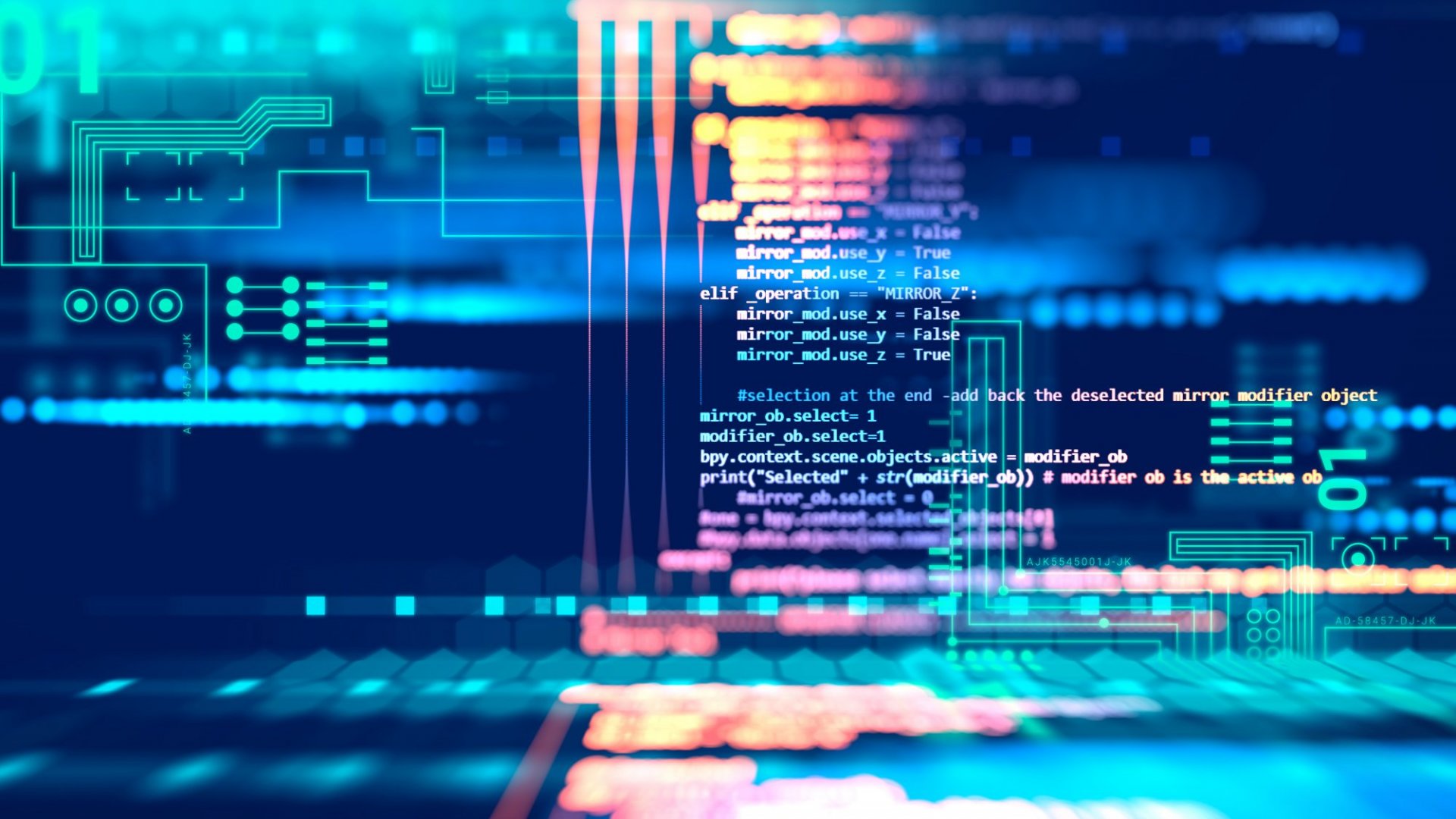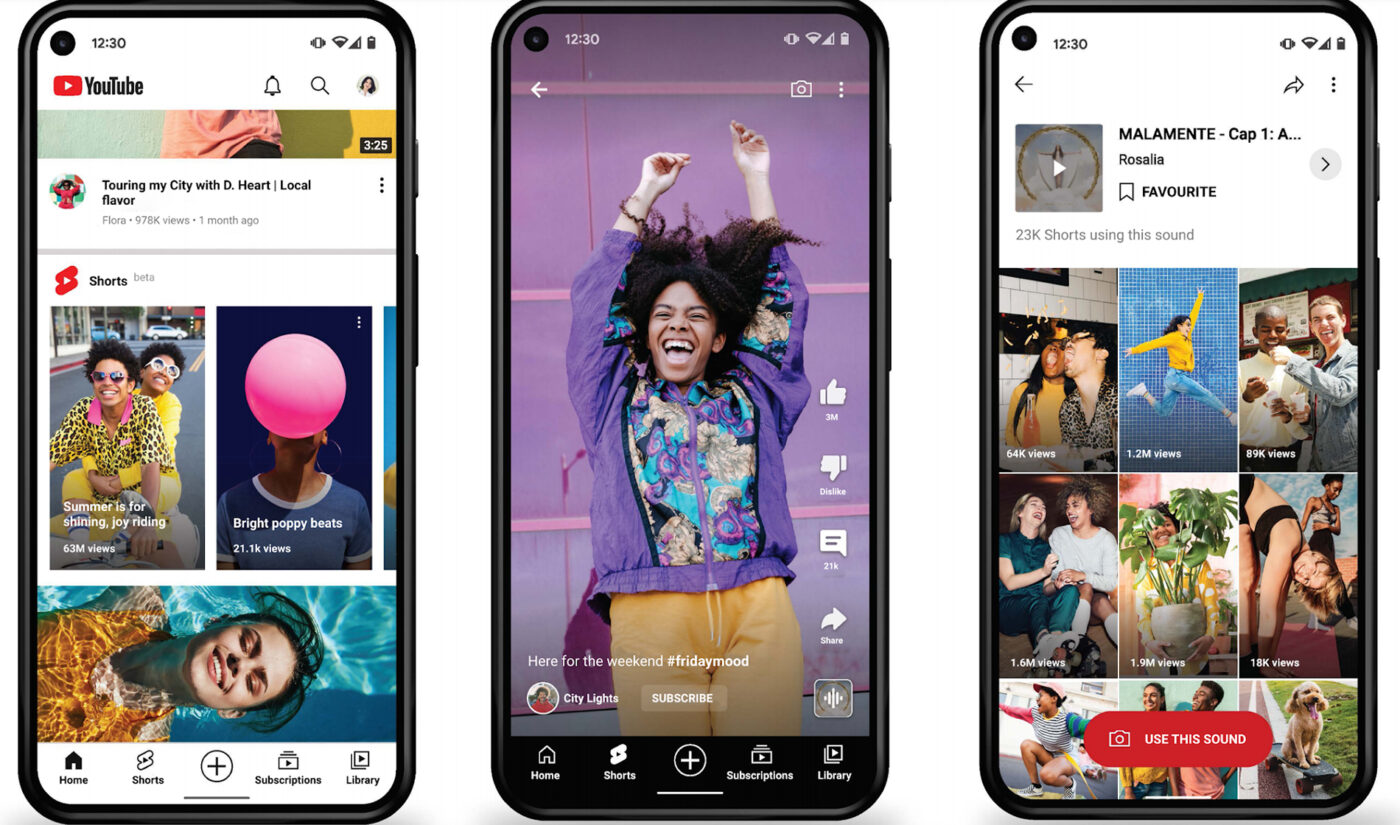In the evolving world of digital design, material simulation, and creative artistry, new terms and innovations continue to shape the way we perceive virtual and physical surfaces. One such intriguing concept that has been gaining attention is the 1.5f8-p1uzt texture. While at first glance the phrase might sound highly technical or abstract, it represents a fascinating development in the study and application of surface detailing, rendering techniques, and visual consistency in various industries. The 1.5f8-p1uzt is more than just a random code or designation—it points toward a layered approach to how modern systems interpret surfaces, whether in 3D graphics, material science, or even architecture.
Understanding the Core Idea of 1.5f8-p1uzt Texture
The term 1.5f8-p1uzt suggests a structured and coded framework for describing a unique type of surface mapping. In digital environments, textures are used to create the illusion of depth, realism, or specific patterns on flat models. Instead of designing highly complex 3D models for every detail, creators rely on textures to provide efficiency and realism simultaneously. The 1.5f8-p1uzt texture seems to embody a hybrid system where numeric and coded identifiers indicate layered complexity. This means that the texture is not just a simple repeating image but a dynamic arrangement of patterns and scales.
At its heart, 1.5f8-p1uzt texture could be defined as a multi-dimensional texture mapping system where properties such as light reflection, surface density, and micro-details are embedded within the code. It is a leap forward compared to older texture models that were mostly static and lacked adaptability.
Why 1.5f8-p1uzt Texture Matters
The significance of the 1.5f8-p1uzt lies in its versatility. In fields like gaming, film production, and architecture, professionals constantly struggle to balance realism with efficiency. Highly detailed 3D surfaces often demand large computational power, which can slow down workflows or even limit creativity. A coded system like 1.5f8-p1uzt introduces the possibility of scalable detailing. Instead of creating multiple variations for different conditions, designers can use a single intelligent texture that adapts to lighting, environment, and scale without sacrificing performance.
Moreover, 1.5f8-p1uzt texture can be useful in virtual reality applications where immersion depends on how convincingly surfaces mimic the physical world. Whether it’s the grain of wood, the roughness of stone, or the smoothness of metal, the detail level of textures can determine whether an environment feels artificial or lifelike.
Applications Across Industries
One of the most fascinating aspects of 1.5f8-p1uzt texture is its broad range of applications. In the entertainment sector, video game developers can use it to build expansive worlds that maintain visual quality while conserving memory usage. Instead of manually designing multiple versions of a rocky cliff or grassy field, the 1.5f8-p1uzt could intelligently adapt the rendering to suit perspective and distance.
In the architectural field, the 1.5f8-p1uzt could be applied to 3D visualizations of proposed buildings and interiors. Architects rely heavily on rendering to convey ideas to clients, and having textures that simulate not only appearance but also tactile qualities could revolutionize presentations. A client would not just see a marble floor but perceive the nuanced veining, reflection, and depth that feels closer to reality.
Another area where 1.5f8-p1uzt texture can shine is in product design. For example, designers of furniture, automobiles, or consumer electronics often need to preview different material finishes before manufacturing. Instead of physically producing costly prototypes, they can experiment digitally with surfaces powered by 1.5f8-p1uzt to evaluate aesthetics and usability.
Technical Features of 1.5f8-p1uzt Texture
When we consider the technical dimension, the strength of 1.5f8-p1uzt lies in its layered mapping ability. Traditional textures often rely on diffuse maps (basic color), normal maps (surface detail), and specular maps (reflection). The 1.5f8-p1uzt texture, however, integrates these aspects into a more unified coding system. Its numerical designation implies modular layers that can adapt to environmental conditions, making it especially powerful in simulations.
For example, a single 1.5f8-p1uzt texture could shift seamlessly between a daytime appearance and a rainy night scenario, adjusting its reflective properties and micro-details dynamically. This adaptability saves time and provides designers with more control.
Challenges and Limitations
Despite its promise, the 1.5f8-p1uzt is not without challenges. Advanced textures often demand high processing power when pushed to their limits. While they are optimized for scalability, environments that combine thousands of such textures might still strain systems. Additionally, mastering the use of 1.5f8-p1uzt texture requires specialized knowledge. Artists and designers must learn not only how to apply it but also how to customize it for different projects.
There’s also the issue of standardization. Since new texture systems often emerge from specific industries or research groups, compatibility across platforms can be an obstacle. The widespread adoption of 1.5f8-p1uzt will depend heavily on whether software and hardware developers embrace it as a standard.
The Future of Textures with 1.5f8-p1uzt
Looking ahead, it is likely that the 1.5f8-p1uzt texture will play a central role in shaping the next generation of digital environments. As artificial intelligence and machine learning integrate with texture creation, systems like 1.5f8-p1uzt could become even more advanced. Instead of manually coding texture properties, AI could analyze real-world surfaces and generate adaptive versions automatically.
For industries invested in realism and immersion, such as gaming, architecture, and virtual simulations, the adoption of 1.5f8-p1uzt texture represents a logical next step. By bridging the gap between efficiency and authenticity, this system can redefine how we perceive and interact with both virtual and physical worlds.
Conclusion
The 1.5f8-p1uzt texture is more than just a technical label—it symbolizes an evolution in the way designers, developers, and architects think about surfaces. By combining adaptability, realism, and performance optimization, it introduces a pathway toward smarter, more immersive design. While there are challenges to overcome, its potential is vast, and its applications span industries ranging from entertainment to engineering. As technology continues to evolve, the 1.5f8-p1uzt texture could very well become a cornerstone of future digital environments, blending artistry and science into one seamless surface.



